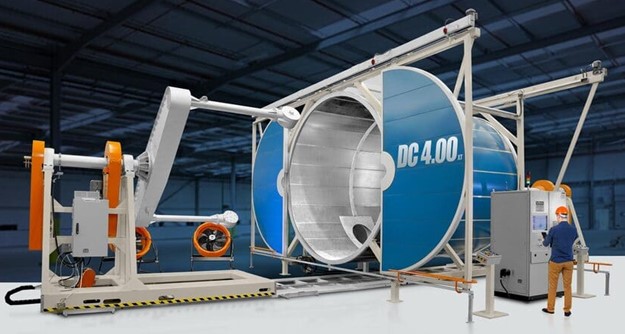Rotational molding, more commonly referred to as Rotational Molding has revolutionized way industries create solid and reliable plastic items. From water tanks that are durable to intricately designed custom-made parts, rotomolding has proven to be a popular manufacturing method that is flexible and high quality. What is it that makes it so effective? Here's a closer look at the process along with its benefits and its impact across industries.

The Rotomolding Process
Rotomolding involves a simple yet highly precise procedure. First, the resin that has been powdered is put in the mold. The closed mold is then moved along two perpendicular axes inside an oven. The heat melts the powder, which ensures even distribution over the mold's surfaces. After the product has been formed, it is cooled, solidified, then taken out of the mold, ready to use.
This process allows for unparalleled design flexibility, which allows manufacturers to design products with intricate designs, uniform wall thicknesses, and with a high degree of durability. It's particularly useful for large, hollow structures, which might not be achievable through other manufacturing methods.
Why Rotomolding is a Game-Changer
Rotomolding stands out due to several main reasons:
Durability: Products made through rotomolding boast exceptional toughness and can withstand tough environments, making them suitable for outdoor and industrial use.
Cost-Effectiveness: The molds utilized in rotational molding are fairly inexpensive as compared to the molds used in blow or injection molding and are therefore a good budget choice for both large and small production runs.
Customization The ability to create intricate designs and sizes means that the products can be customized to unique customer needs.
Low Waste Rotomolding is innately efficient, using material to its maximum extent and without generating waste, thereby promoting sustainable manufacturing practices.
Applications Across Industries
Rotomolding is the backbone of numerous industries, assisting in the production of storage tanks, outdoor furniture playground equipment, automobile parts and marine products like kayaks. Its versatility and adaptability to different materials, including UV-stabilized resins, makes it the ideal option for products that are subjected to various conditions.

Its combination of precision, durability and cost-efficiency, rotomolding continues to define modern manufacturing. It's not surprising that this method is hailed as a reliable and sustainable method that is shaping the future of plastic products that are durable.
